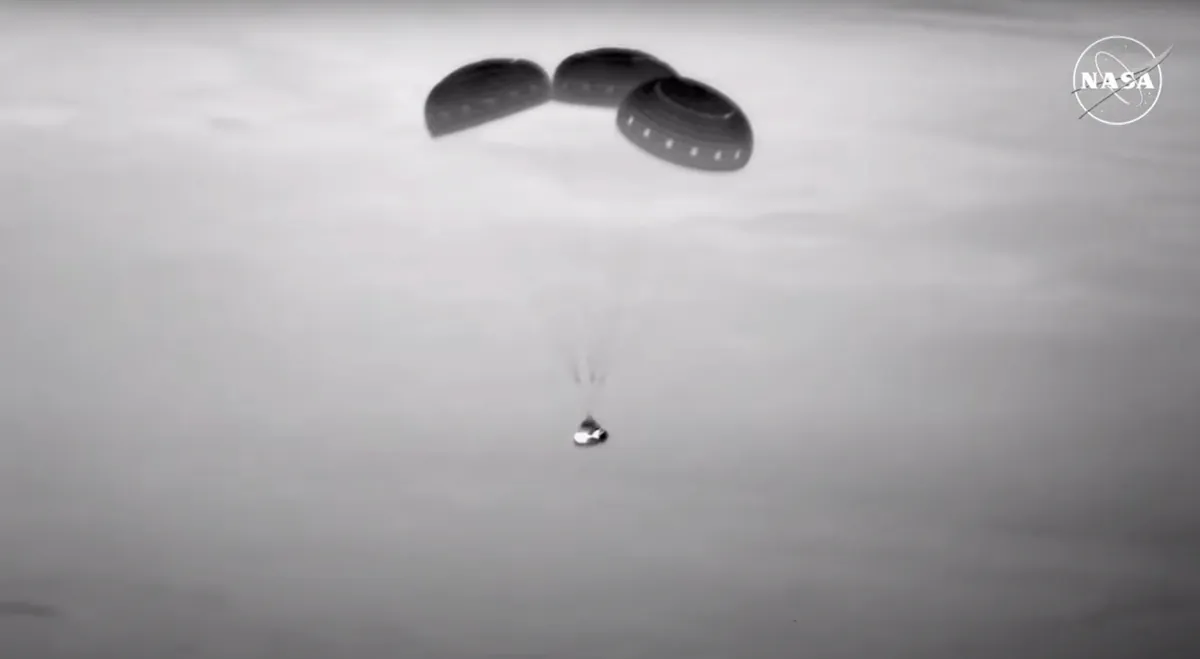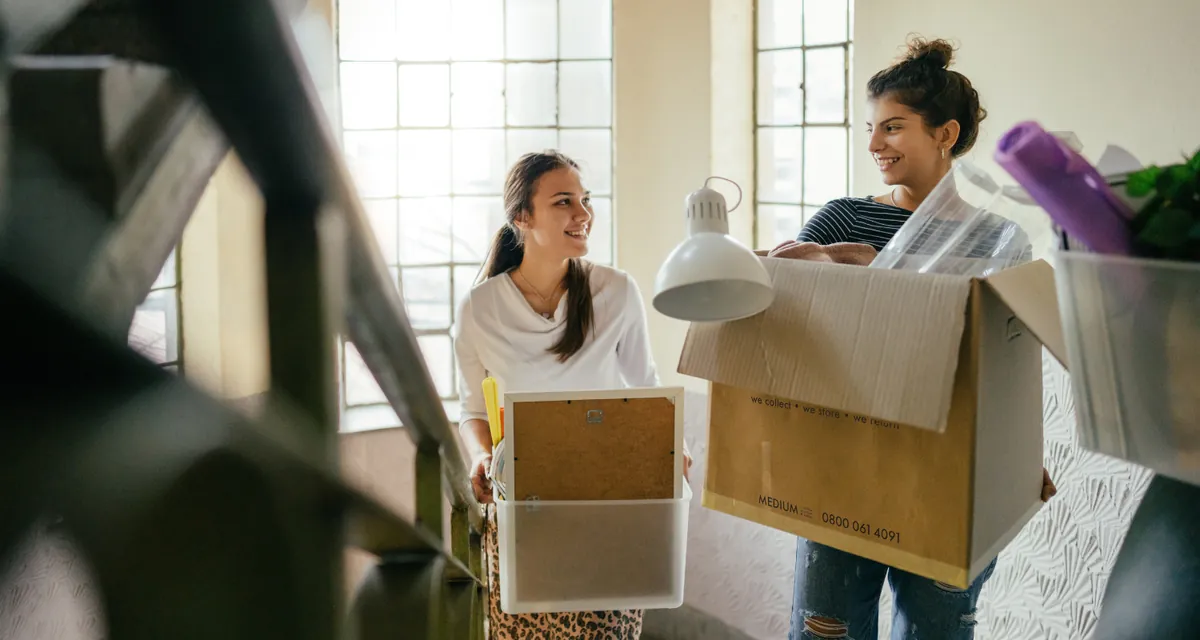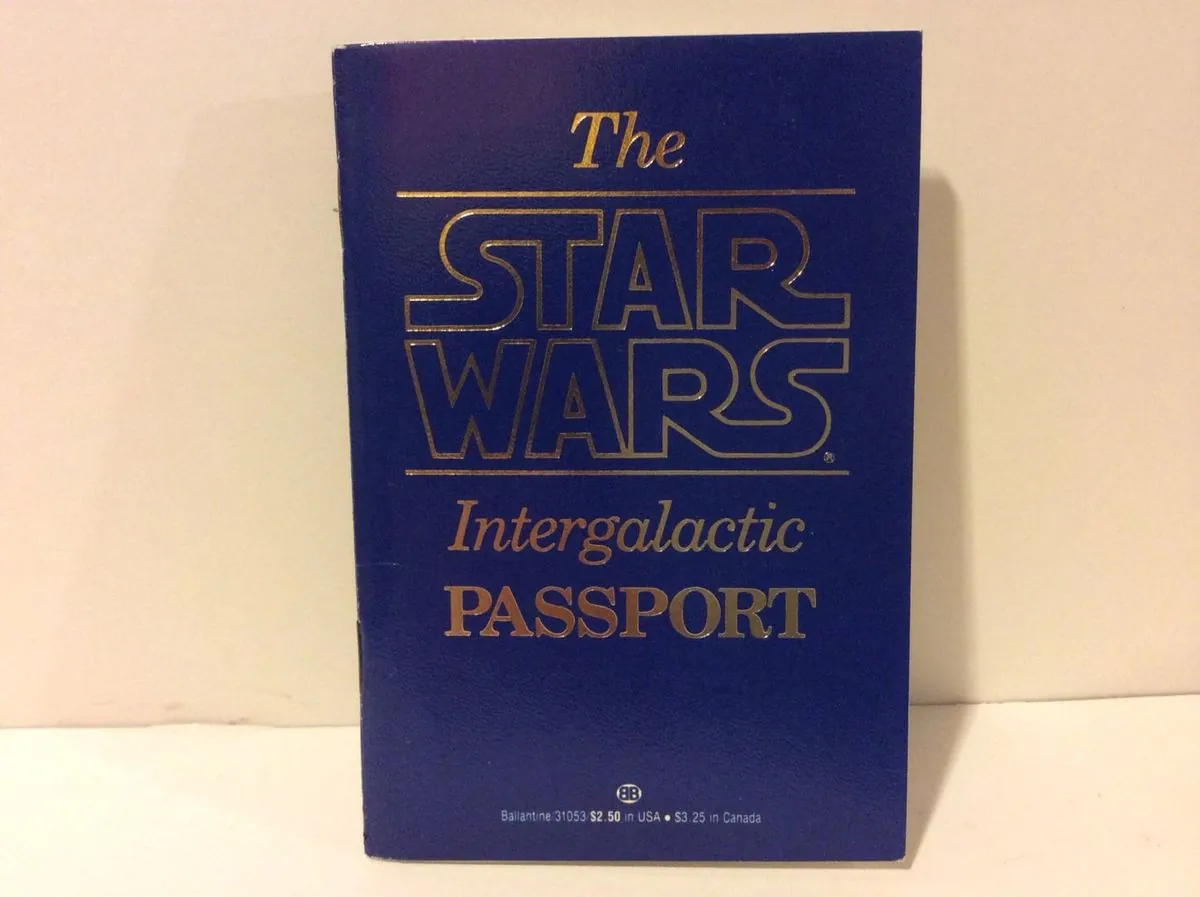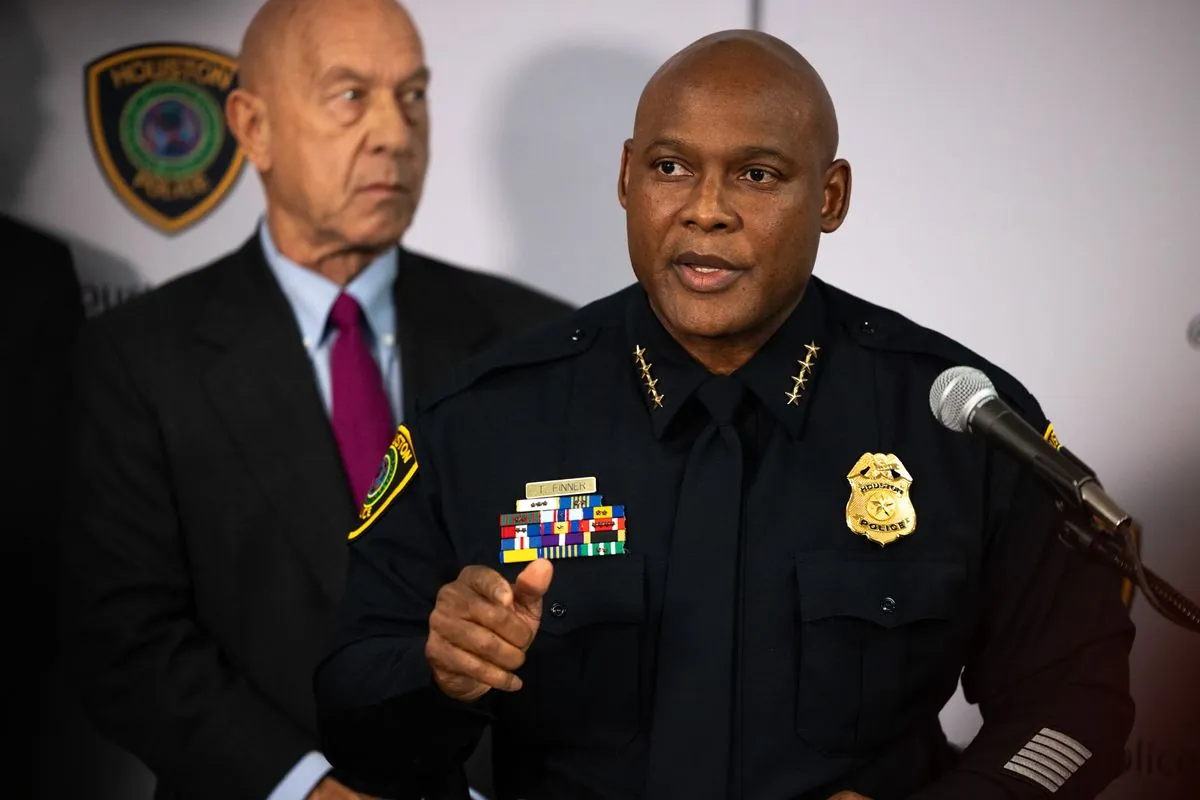Boeing Starliner Returns Empty, Leaving Astronauts Stranded on ISS
Boeing's Starliner spacecraft landed without crew due to technical issues, leaving two astronauts on the International Space Station. SpaceX plans to rescue them in February 2025.

In an unexpected turn of events, Boeing's Starliner spacecraft has returned to Earth without its intended passengers, Commander Barry "Butch" Wilmore and pilot Sunita "Suni" Williams. The two astronauts remain on the International Space Station (ISS) due to technical problems with the Starliner, which they initially boarded for an eight-day mission in June 2024.
The Starliner touched down in a New Mexico desert on September 6, 2024, concluding a three-month test mission plagued by technical difficulties. NASA scientists determined that the spacecraft's maneuvering thrusters were too damaged to risk carrying crew members. Despite this setback, the landing appeared successful based on NASA's live stream footage.

The ISS, where Wilmore and Williams are currently stationed, is a remarkable feat of engineering and international cooperation. Orbiting Earth at an average altitude of 400 km (250 miles), it travels at a speed of about 28,000 km/h (17,500 mph) relative to the Earth's surface. As the largest artificial object in space, the ISS has been continuously occupied since November 2, 2000, and has hosted over 240 individuals from 19 countries.
The stranded astronauts are expected to continue their scientific work aboard the ISS until their rescue, scheduled for February 2025. SpaceX, founded by Elon Musk, will be responsible for bringing them back to Earth. This development highlights the growing competition in the space industry between established players like Boeing and newer entrants like SpaceX.
Boeing's Starliner program has faced numerous challenges since its inception. The spacecraft failed a 2019 test trip to the ISS without a crew, and although it completed a mostly successful mission in 2022, some of its thrusters malfunctioned. The recent issues have brought total cost overruns on the Starliner program to over $1.6 billion since 2016.
The ISS, serving as a microgravity and space environment research laboratory, has hosted over 3,000 research investigations from researchers in more than 108 countries. Its internal pressurized volume of 916 cubic meters (32,333 cubic feet) provides ample space for scientific experiments and daily living for the astronauts.
As Boeing continues its investigation into the thruster failures, the company faces the challenge of relying on simulated tests to determine the cause of the malfunction. The service module containing the faulty thrusters detached from the capsule and burned up in the atmosphere as planned, leaving Boeing without the physical hardware for examination.
This incident underscores the complexities and risks associated with space travel and the ongoing efforts to ensure the safety and reliability of spacecraft for future missions.


































